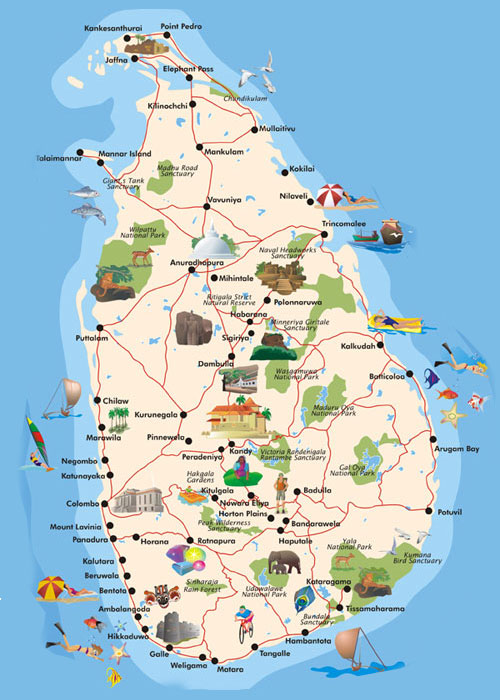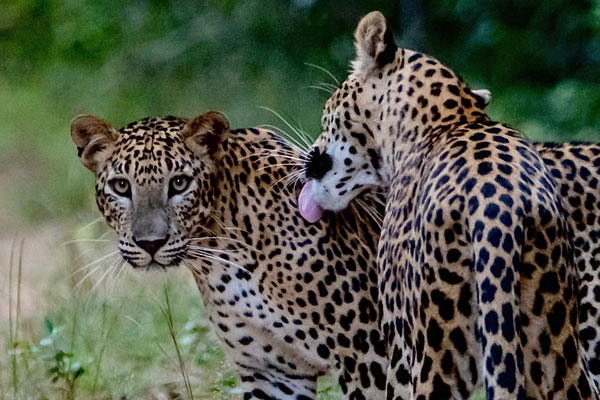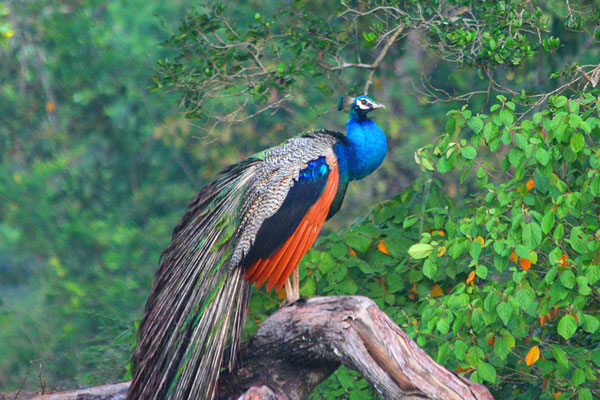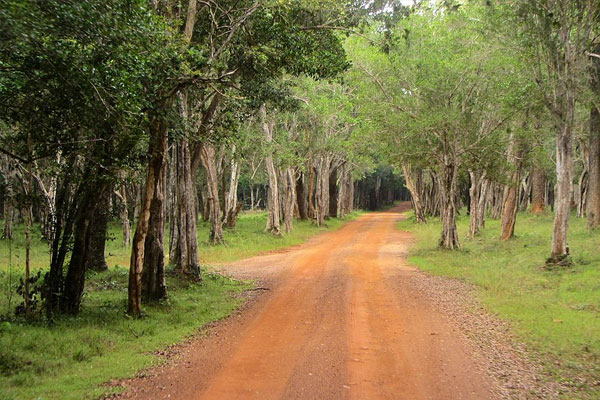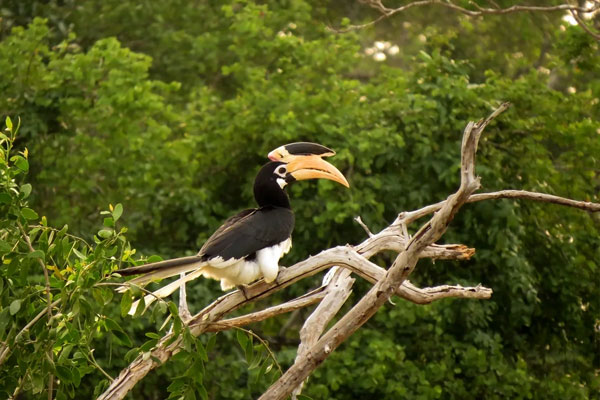Wilpattu National Park Sri Lanka
Wilpattu National Park is the largest and one of the oldest national parks in Sri Lanka. A distinguishing characteristic of this park lies in its captivating “Willus (natural lakes), natural, sand-rimmed water basins and also The global fame of Wilpattu National Park stems from its exceptional population of the majestic leopard (Panthera pardus kotiya)
Wilpattu National Park is located on the northwest coast lowland dry zone of Sri Lanka. The park is situated around 35km west of Anuradhapura and 32km north of Puttalam. With its establishment dating back to 1938, Wilpattu National Park holds the prestigious title of being the largest wildlife sanctuary in Sri Lanka, encompassing a vast expanse of approximately 1320 square kilometers with altitude ranging between the sea-level and 152 meters. Its sprawling size allows for diverse ecosystems to thrive, creating a haven for an impressive array of flora and fauna. Wilpattu’s long-standing history and expansive territory contribute to its significance and make it a prime destination for nature lovers and conservationists to explore and appreciate the wonders of this expansive wilderness.
The uniqueness of Wilpattu National Park lies in its remarkable copper-colored coastline, particularly at Kudiramalai, a rugged headland that holds a significant historical connection. Legend has it that in the 5th century BC, the Indian Prince Vijaya, along with his followers, landed on these shores, marking the beginning of the Sinhalese civilization. The sands, tinged with a reddish hue, gave rise to the region’s alternative name, “Thambapanni,” meaning the “color of copper.” As Prince Vijaya and his entourage set foot on the land, their hands and feet bore the vivid imprint of the copper-colored sand. Amidst the park’s vast landscapes, you can explore the remnants of Kuveni’s palace, just one of the 68 archaeological sites scattered throughout Wilpattu, offering a glimpse into the rich historical heritage of this captivating region.
